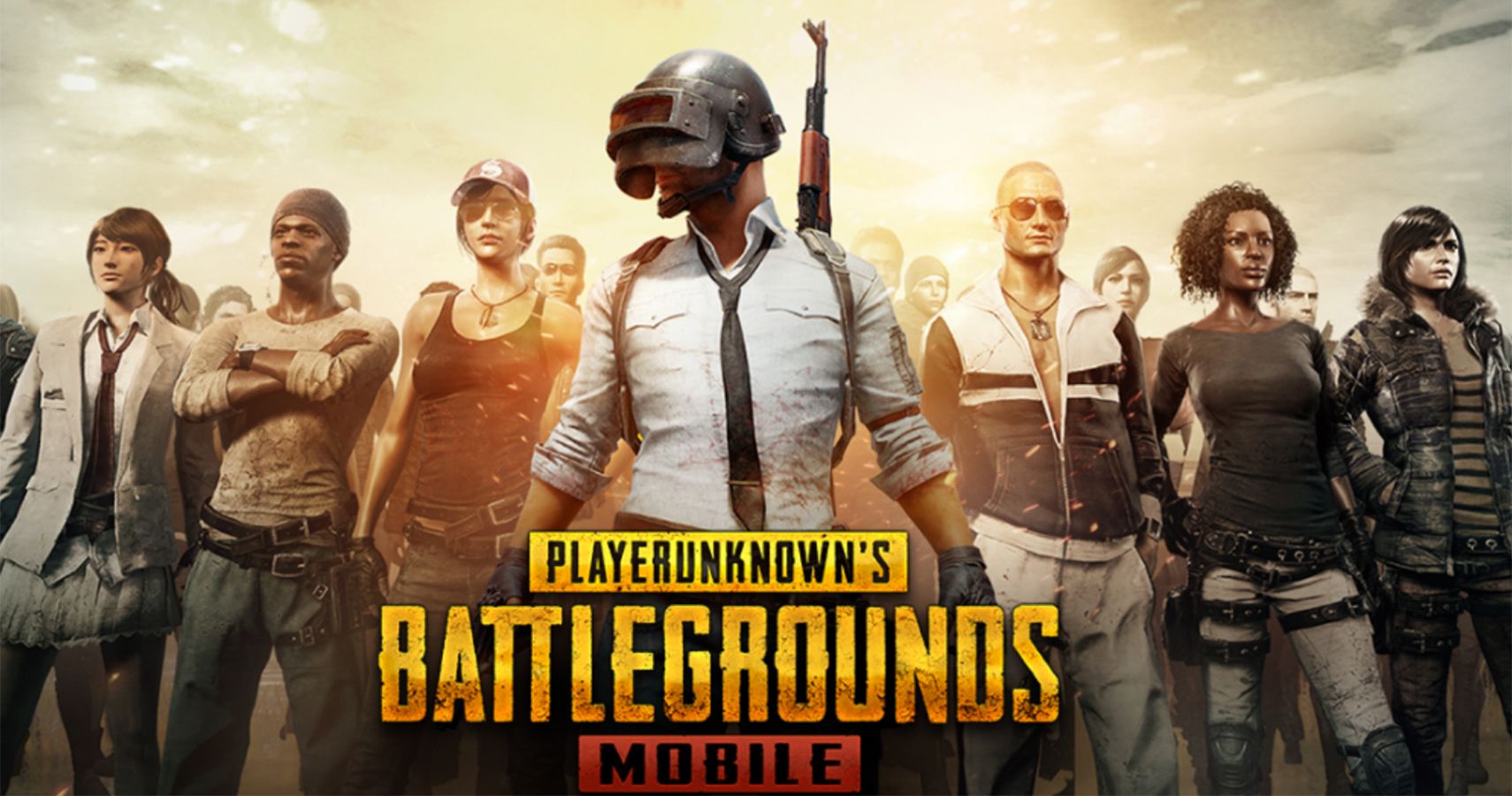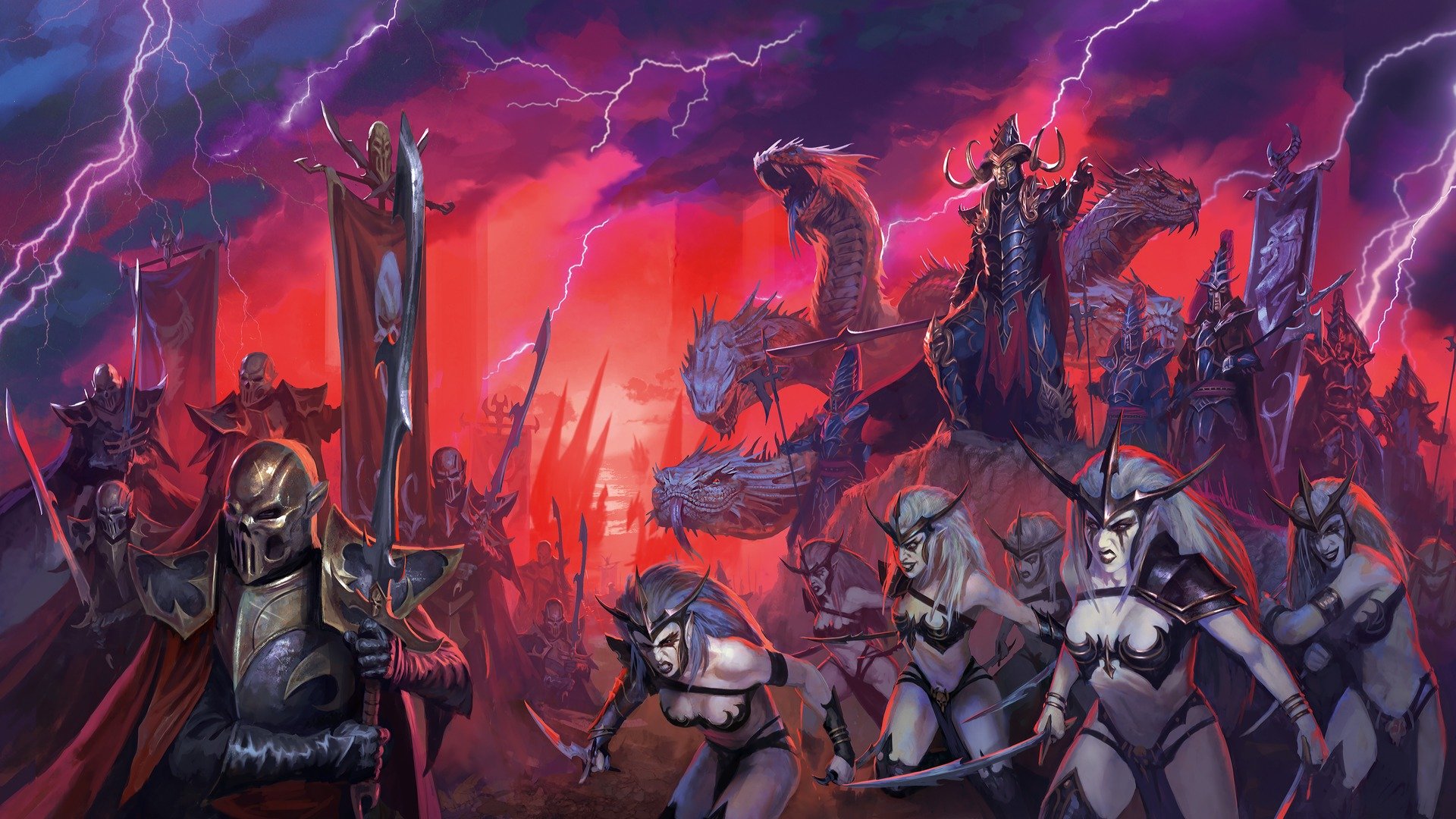
On the outskirts of eastern Tokyo, Inti Creates has been working on the release of Blaster Master Zero 3, coming July 29. The game is set to bring the narrative arc of the reboot series to a kind of conclusion, although it may not mark the franchise's end. This latest title is one of the most ambitious in the series in terms of its narrative, as it works in parts from the recent games, but also incorporates story elements from the original 1990s games as well. Obviously, a game working in so much story (despite its action/adventure roots) needs a lot of writing.
This anticipated release is not just coming out in Tokyo, however. Inti Creates is dropping Blaster Master Zero 3 onto PlayStation, Xbox, Steam, Switch, and for the first time ever, the Epic Games Store. As such, the localization needed to be top notch. As producer and localization lead Matt Papa told Game Rant in a recent interview, this process is one integral to the studio's design process. He talked about navigating international debates best kinds of pizza (and ramen), translating Japanese meme humor to English, and how localization actually works. Interview has been edited for clarity and brevity.
RELATED: Retro Action Series Blaster Master Zero's Third Installment on the Way
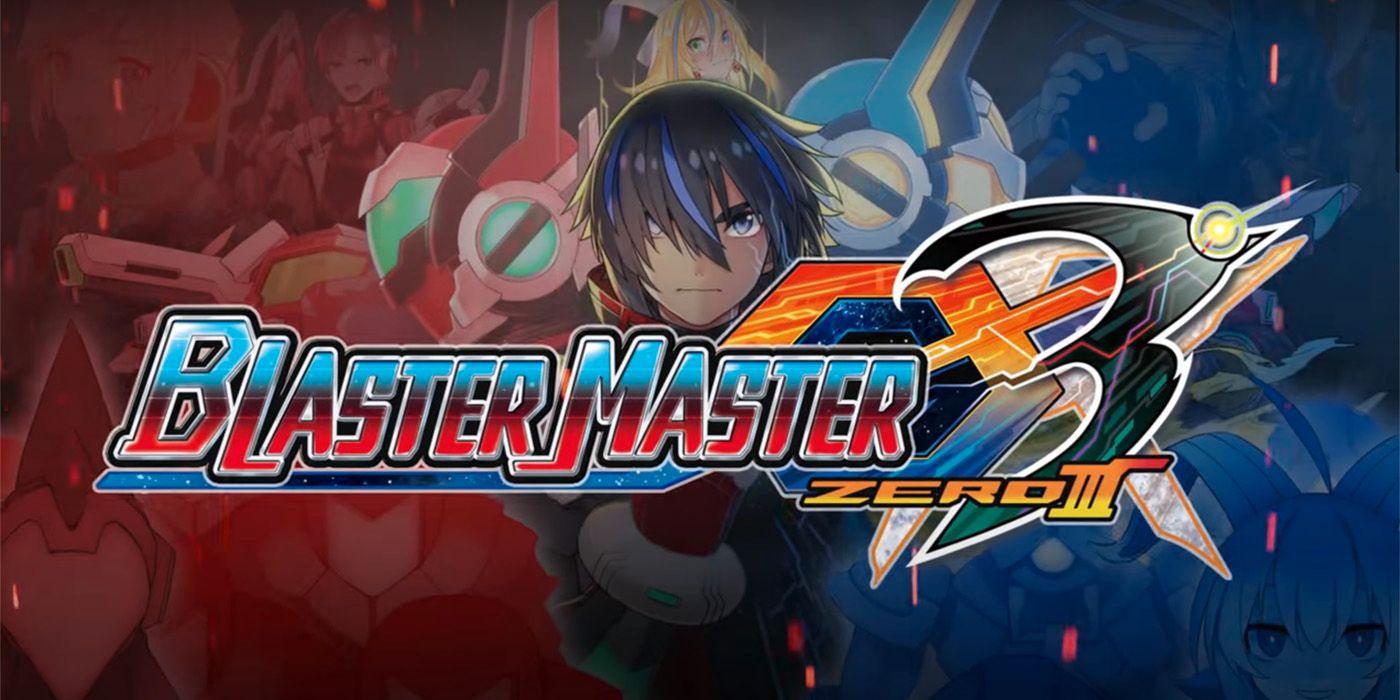
Q: Could you briefly introduce yourself for us?
A: I’m Matt Papa, an American in Japan, producer and lead localization director at Inti Creates for Blaster Master Zero 3. Alongside that, I’m sort of the unofficial portal to the west for Inti in a few ways.
Q: How long have you been working on the Blaster Master property with Inti and Sunsoft?
A: I’ve been working with Inti for a while now and was there when the first Blaster Master Zero reboot came out in 2017.
Q: How did developing that first BMZ game compare to working on the third in the series?
A: The first game in a series always takes a lot longer to develop than the sequels. Conversations leading up to Blaster Master Zero’s release started at E3 2015, so around June 2015, and the game came out in March 2017. So, it took a little less than two years. Whereas I would say that Blaster Master Zero 3 was at least half of that, if not less.
Of course, it depends on the game. We’ve had games like Azure Striker Gunvolt which took a couple of years to go from idea to game. The story for one of our game Dragon March For Death spans over 14 years or something crazy, so it can really run the gamut.
Q: Obviously, the Blaster Master Overdrive reboot met with mixed reviews and did not get any sequels. What was it like as part of Inti to helm the reboot after the reboot, in some senses?
A: We weren’t part of the conversation with Overdrive. From what I know about how we got involved with the game, I believe Sunsoft wanted to properly reboot one of its classic IPs – if you don’t mind a little story, I have one about how it all came to be.
Q: Of course.
A: It was E3 2015, my first E3 ever. After reading all the gaming magazines when I was younger, that was like the promised land, you know? I had an amazing first day, it was super fun, had a really good day. Toward the end of the day, my back was getting a bit sore, but I just figured it was because I had had a long day walking around LA, nothing to worry about.
I wake up the next morning, probably a little too early, to start the day. I rolled out of bed, and it felt like someone had jammed a knife in my back. To this day, it was the worst pain I have ever felt – as far I can tell, I pinched the sciatica nerve in my back very severely.
I did a number on myself, and I was completely helpless. Suffice to say, the plans we had for the rest of the show fell through. I was there with other Inti Creates staff, but none of them were English speakers. That includes our president, and I was there in all the meetings to interpret for him, be that English-Japanese bridge there. So, without me there, he couldn’t really do the meetings he had planned to do, because I wasn’t there to translate/interpret for him.
So, all of a sudden, he had a free day to do whatever he wanted. He bumped into someone he knew from Sunsoft who was looking to have a meeting with Nintendo. However, he couldn’t get into the exhibitor hall because it was before it had officially opened. If you don’t have an exhibitor pass, even if you have a meeting with Nintendo, security isn’t going to let you waltz in.
He was wondering what he was going to do – he was a Japanese speaker too. Our CEO spied someone we knew, a bilingual guy, and explains the situation. Just like that, he helped the guy from Sunsoft get in and talk with Nintendo, kind of saves the day.
After this, our CEO stumbles across their meeting, and it wasn’t going so well. Him just being the kind of guy he is, he just asked if there was anything he could do to help. They were talking about reviving Blaster Master for the West, and one thing led to another. I guess the conversation was stalling, and so he just said ‘well, why don’t we at Inti Creates help develop the game?’ Everyone seemed to say ‘yeah, okay,’ and just like that, Blaster Master Zero 3 was officially born on that day.
Q: What is your favorite part about working with a prestige property like Blaster Master?
A: The guy who ended up directing Blaster Master Zero as a series was a very rare Japanese fan of the original series. Originally, it was known as Metafight, and sold really badly over here in Japan. Blaster Master 2 on Genesis wasn’t even released here properly, it was all over the place.
Being the superfan of the series that he was, he jumped at the opportunity to direct it. He knew the lore was kind of all over the place, between reboots like Overdrive, Metafight and the western Blaster Master having totally different stories.
Q: Wait, the English and Japanese versions were completely different?
A: Oh yeah. Fans in the west know it as boy meets frog, they get into the robot, the rest is history. In Japan, it was a big ‘80s anime science fiction’ style game with the invading mutant army and the ‘we must defend our planet’ type of thing. Two very different situations.
Q: So, back to the main question.
A: Yeah, so in terms of lore, the reboot had to deal with Overdrive, two different versions of the original, and even a book version – I’m not entirely sure how widely that distributed.
Q: It was Scholastic’s Worlds of Power series that brought out a children’s book in the Blaster Master universe.
A: Well, you’ve obviously done your research! That created even more lore. The series protagonist Eve came from that novel. The director was well aware of all these things coming into it, and wanted to say, ‘let’s take all these floating ideas and funnel them all into one cohesive unit.’ He decided to make Blaster Master the focus, but eventually tie that wider world of Metafight back into it.
In Blaster Master Zero 3 you see it all coming back round to Metafight. I don’t know how he did it, but he somehow managed to connect these completely unrelated stories.
It’s really, really cool to work with an existing IP. With an original IP, there’s so much you don’t know. With a different IP, you know ‘if we do these things right, we can win over these older fans.’ You have set people who you know can enjoy your title and then expand on.
Q: The first Blaster Master Zero was more of a direct reboot of the original if I’m not mistaken. What has it been like diverging from the established property and canon with later games to create your own stories?
A: I honestly think it’s really cool. BMZ one was there to be that faithful reboot to get fans on board. As a creative, this does hamstring you a bit with how inventive you can get before it stops feeling like a remake. We got to pay homage to this fantastic game in our own way, that modernized it and made it feel as good as our rose-colored glasses made the original feel. Then, when you get to BMZ 2, you can have that established lore, and take the limiters off. We have this lore, now it’s up to us to drive it forward on whole new path.
We got to introduce my favorite part of BMZ 2, the whole new cast of characters. We got to put our own creative spin on the old stuff, and then got to add our whole host of new, Inti original characters. It was cool to build off something that was already there, and have our creatives build off that later.
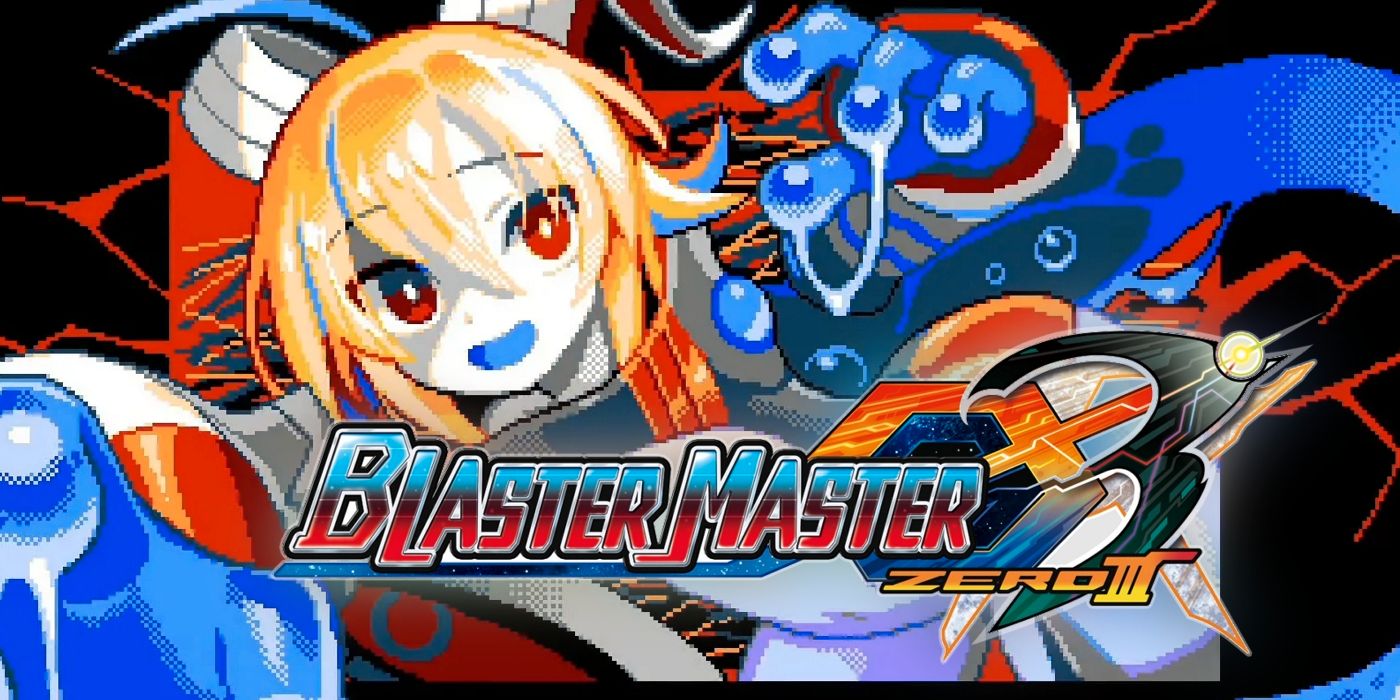
Q: Speaking of stories, I’d like to discuss localization for a bit. What exactly does localization mean to you? I think a lot of gamers have a set idea of it as just translating the game to different languages, are there any other aspects missing from that definition?
A: Honestly, that’s a great question, one that people don’t ask as often as they should. If you ask 10 different localizers, you’d get 10 different answers. My goal as a localizer is never to just translate the exact Japanese text. Japanese and English don’t really play that nice together: the word order is different, there are colloquialisms, and the way the languages function is just very different.
So my goal is never to change Japanese to English word-for-word. That’s not localization, that’s translation. Localization is very different. It’s taking the idea – I don’t change characters or names unless there’s a profound reason to do so. I’m not going to change anything for the sake of it. If there’s something that’s not going to land, something that just will not make sense in terms of language or culture, or if it’s a Japanese play on words that doesn’t make sense in English, that’s your chance as a localizer to get creative.
So, you’re like: ‘Okay, what’s the idea here? It’s talking about X, and you need to make the player laugh, or cry, or facepalm, whatever it may be.’ So, my goal is to deliver that experience in English, even if isn’t a direct, one-to-one translation of the Japanese. I think if you only think ‘it must be the same exact words as the Japanese or it is not good,’ you’re going to miss a lot.
Q: For example, a game with a very specific joke about types of ramen or noodles might need to change to a joke about different types of pizza for a US translation?
A: It’s kind of freaky that you say that, that's eerily similar to a reference that I did in one of our games. I’ll give you two little microcosms to explain how I view localization. Firstly, there was a line in Gal Gun 2, about how a character loves udon noodles. She talks about how she can’t decide if she likes Kansai udon or Kanto udon more. Now, if I ask you if you like Kansai or Kanto udon better, what would you say? Would you have any idea what I’m talking about?
Q: I know udon exists, but not much beyond that.
A: Yeah, you probably don’t have a strong opinion on the distinction either. I could have left it how it was, and maybe five people in the west would get it, but I made the decision that I’m not localizing for those five people – sorry, five people! Maybe I could change it to udon versus ramen, but the context of the line is now gone.
I came to the question: ‘what is a food that everyone around the world knows, and has at least two varieties of in their head, that they probably have an opinion about?’ So, I decided to phrase that as ‘thin crust versus thick crust pizza.’ Any person around the world who reads that, even if they don’t have a strong opinion about it, they will at least understand the reference. If you don’t do that, you lose a chance to make people think, and that just doesn’t fly with me.
Q: With streaming, Twitter, and other social media, I think the mystery of ‘game development’ has been somewhat demystified in recent years. However, I think the job of ‘localization’ is perhaps not totally understood. Where and when does the localization team slot into the development of a game?
A: For me it’s throughout the game. Usually what’ll happen is that the director or a separate writer will come forward once the Japanese script is finalized. It’s not just the in-game dialogue, it’s all the menus, the title screens, all these things have to be decided. If the Japanese isn’t finalized, I don’t want to do all this work only for someone to turn around and say, ‘oh this is all cut now’ and just waste everybody’s time.
After we finish up, it gets sent over to the European team for further translation. As far as the lifespan of a game goes, it’s usually toward the end of the development cycle just because of how the workflow goes.
Q: When teaching a foreign language, the teacher often has to adapt, simplify, and alter it for the people they are teaching it to. What are the common alterations you have to make between the original and the target languages when localizing a game like Blaster Master Zero 3?
A: Fortunately for BMZ 3, it’s pretty straightforward, not exactly oozing with Japanese culture. The biggest example would probably be Kana from BMZ 2. What the original writing team did was incorporate internet slang into her speech. There’s a Japanese phrase online, ‘Kusa haeru,’ which literally means ‘to grow grass.’ Which is fair enough. Instead of typing ‘lol,’ the Japanese equivalent is typing loads of ‘W’ characters in a row. Each of these W's essentially signifies the Japanese word warau – which is the verb form of ‘to laugh.’
So, if you put a bunch of Ws next to each other, you can imagine it as a field of grass. So, saying ‘kusa haeru’ is another way of saying ‘lolololol’ in Japanese internet slang. When Kana would say something cheeky, they would just add the symbol for ‘kusa’ which literally just means ‘grass,’ which plays off her name, ‘Kana,’ which means ‘plant.’ There are multiple layers of shenanigans going on here, so you have to look at it and say ‘well, that’s just not going to land.’
Now, the explanation I just gave you is not something you want in a sci-fi action game. Instead of shoehorning it in there, which was just not going to work, we just kind of wrote her lines to exude more of her cheeky, silly style without having to rely so much on the Japanese wordplay.
RELATED: The Best Studios to Handle New Castlevania Games
Q: What has been the hardest idiom, colloquialism, phrase, or metaphor to translate over into English from Japanese in developing Blaster Master Zero 3?
A: My biggest original challenge was when I was working as a one-man piece. When I was doing Gal Gun: Double Piece, it had a huge roster of characters with different personalities and quirks. It gives you a chance to work with a huge range of characters as a localizer. The most difficult one that fits what you’re talking about is a character named Corona.
Corona was this mysterious girl out to mess things up and have a good time. The speech thing they did with her also requires a bit of explanation. It happened whenever she used the Japanese word ‘des,’ which is the word ‘to be,’ which obviously comes up a lot. So, when she used the word ‘des,’ whenever it appeared in her speech boxes, they would write it out as the English word ‘death.’ They did this because ‘des’ is a homonym for the Japanese pronunciation of the English word ‘death.’
It’s a cheeky little wordplay thing, but that will only work in Japanese, it’s not going to work in English. I can’t just shoehorn ‘death’ into every sentence she says, it’s not versatile enough. I could have just removed it, which would have been a lot easier, but that didn’t feel right. The word ‘death’ was out, but I still wanted to honor this quirk, so: How could I make it work?
I decided to find a different word that fits the character, and still references that side of her personality. I ended up using the word ‘hell.’ I used ‘hell’ because it’s very versatile, you can shoehorn it in for words like ‘very,’ or something like that. ‘That’s cool as hell,’ ‘Hot as hell,’ ‘What the hell,’ etcetera.
So, pretty much all of Corona’s lines in Gal Gun: Double Piece feature the word ‘hell’ in some way. It gives people that same feeling of ‘Oh, she has this weird quirk of her speech’ that references back to her. That’s always my goal, is to replicate that feeling in the original game.
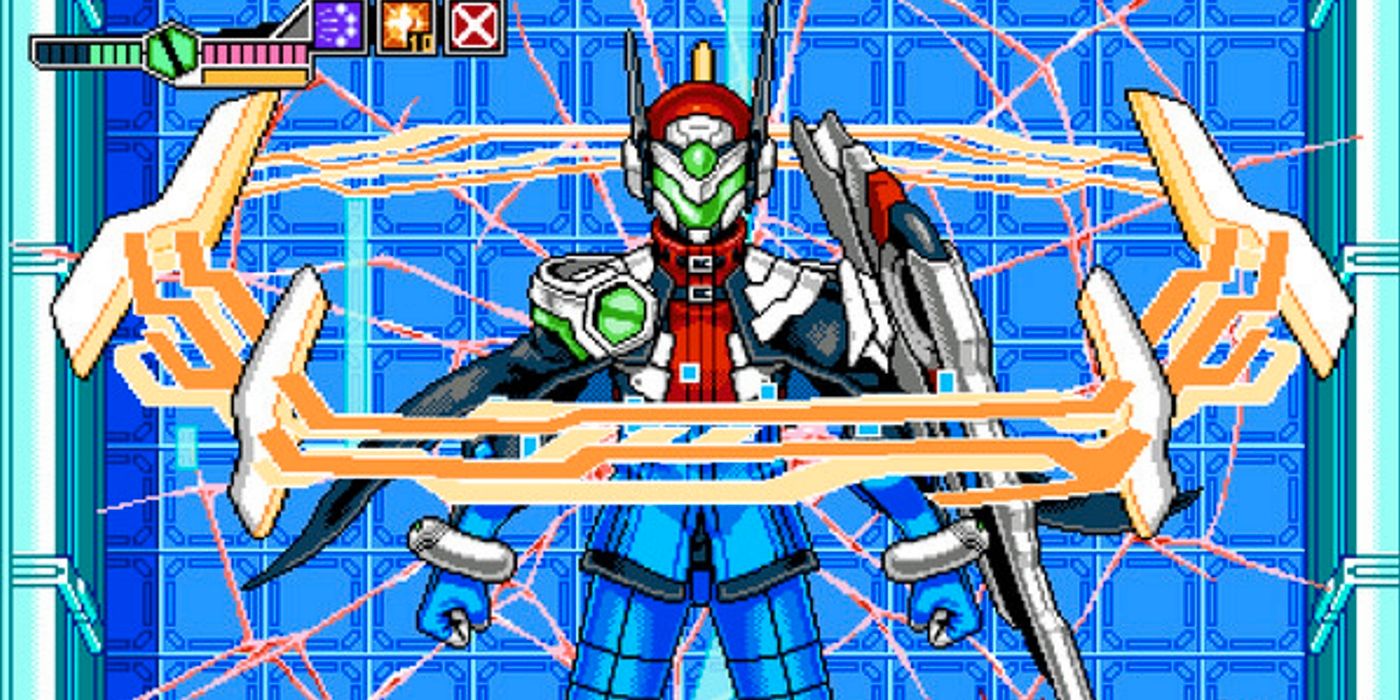
Q: Obviously, there have been numerous controversies with localization of potentially problematic content in the past. While this is probably not an issue with Blaster Master Zero 3, where you’re mainly shooting mutants with a tank, what do you think is the right balance to strike between changing a work to fit the sensibilities of where it is being localized to, and preserving what was originally written?
A: Honestly, that’s one of the hardest things to do. I’m one person, and I cannot speak for ‘the West.’ It puts the localizer in a precarious position, because when you have problematic content, whatever you do, you can’t please everybody. You can’t. When you’re faced with this kind of content, you have to realize that, and it’s a tough pill to swallow. You want everyone to like it, you want everyone to say they love your localization, but it’s just not going to work that way.
I’ve caught a few things over time where I’m like, ‘hmmm, I don’t know about this!’ When I find something that with my ‘Western sensibilities,’ if you want to call it that, I can see a potential problem down the line, I go to the director or writer and say, ‘here’s the situation, what can we do?’
Thankfully, I’ve never worked with someone who’s going out of their way to hurt people, no one is laughing and saying, ‘I can’t wait to hurt people.’ Usually, a lot of times it’s like, ‘Really? Huh, okay,’ and we sit down and work out how to do it. There’s normally a way to do it where you’re not making unnecessary trouble, and you can just sit down and talk to someone. My experience has been pretty good on that front.
I can’t speak for the whole West. All I can do is what I think is right. I want to have my cake and eat it too, I want to preserve the creator’s original vision, but not so much that they’re uncompromising. I want them to have their idea, just in a way that doesn’t make people feel bad. Thankfully, in my career, that’s something I’ve been able to do. This has only happened a few times over the years, and normally we’ve just figured out an easy way to fix it.
Q: Moving back to the game itself, who’s your favorite character and why?
A: Specifically in 3? We didn't get to showcase him much yet, but it's Kane Gardener. He was the original protagonist from the Japanese version of Blaster Master, and you get hints of him and his wife Jennifer throughout. The fact they exist toward the end of Blaster Master Zero, and the things that Kane does to take the events you see in the trailer to the end, I just love what he does. The way he handles, the things he does, and the way he goes about what he does is just that 'chef's kiss' moment.
Q: This will be your first time launching a Blaster Master title on the Epic Games Store. How has working with the store been, and what do you think about it as an emergent storefront and the types of games it curates?
A: Porting is a lot harder than just pressing a "port" button. This is honestly the biggest simultaneous release we've ever done. On July 29 it's dropping on Switch, Steam, PlayStation, Xbox, and the Epic Games Store. So far, all the PC games we've had out so far have just been on Steam. The way I understand it, there can be a lot of steps involved with getting on the Epic Store, but they've been very good to us. If it goes well, fingers crossed we can bring more stuff over to Epic.
Q: What’s the one thing that fans should be most excited about for Blaster Master’s future?
A: Blaster Master Zero 3 is the culmination of everything we've done so far in the series. It's the conclusion of what we're calling 'The Jason Saga.' The story that began with the little frog in Blaster Master Zero, this is where it all comes together. You have your ending to this story that began in the first BMZ.
You can take that for what you will. I cannot promise, confirm, nor deny what comes after this. But what I can say, this is the end of the Jason Saga. I just hope people really enjoy the game. We've been making 2D side-scrolling action games for the last 20 years – if you like games like this I highly encourage you to check out our other series. At Inti Creates, that's kind of what we do.
[END]
Blaster Master Zero 3 releases on July 29 for PC, PS4, Switch, Xbox One, and Xbox Series X/S.
MORE: Blaster Master Zero 3 Dev Shares Wholesome Story Behind Reboot’s Origin

